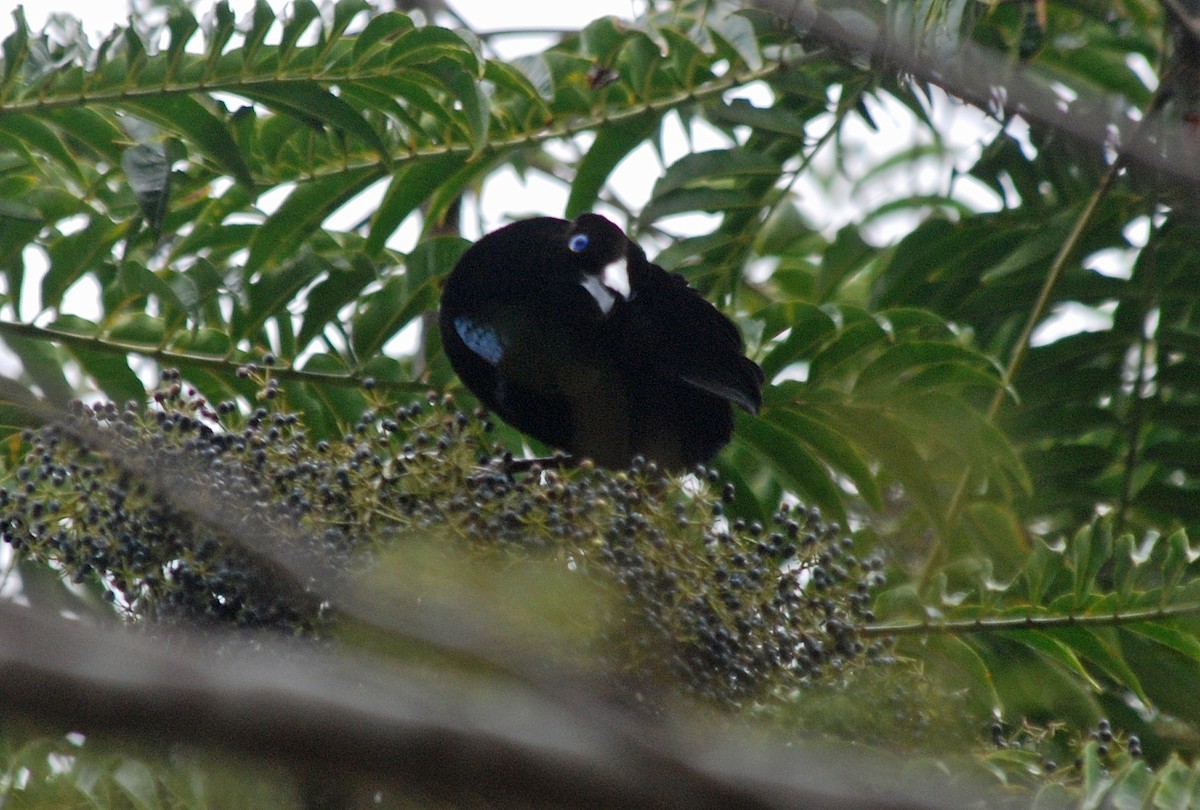Lawes's Parotia
A species of Six-wired birds-of-paradise Scientific name : Parotia lawesii Genus : Six-wired birds-of-paradise
Lawes's Parotia, A species of Six-wired birds-of-paradise
Botanical name: Parotia lawesii
Genus: Six-wired birds-of-paradise
Content
Description General Info
 Photo By Nigel Voaden
Photo By Nigel Voaden Description
The male is a velvet black bird with an erectile silvery white forehead crest, iridescent purple blue nape and golden green breast plumes which are structurally colored. The breast plumes have V-shaped barbules, creating thin-film microstructures that strongly reflect two different colors, bright blue-green and orange-yellow. When the bird moves the color switches sharply between these two colors, rather than drifting iridescently. During courtship, the male bird systematically makes small movements to attract females, so the structures must have evolved through sexual selection. The inside of its mouth is lime-colored. Adorned with three ornamental spatule head wires from behind of each eye and elongated black flank feathers, that spread skirt-like in courtship display. The female is a brown bird with dark head, yellow iris and dark-barred yellowish brown below. The iris is colored in various amounts of blue and yellow, changing according to the bird's mood. 
Size
25 - 27 cm
Nest Placement
Tree
Feeding Habits
Lawes's Parotia primarily feed on fruits, arthropods, and skinks. They forage in trees, 20-30 meters high, often in mixed-species flocks. Unique to captivity, lawes's Parotia also consume leaves. Their diet showcases a mix of plant and animal sources, with adept foraging behavior.
Habitat
The lawes's Parotia is typically found in middle montane forests, encompassing primary mixed oak forests, and regions of human-disturbed forests. They also inhabit areas of secondary growth and are known to occupy various-sized remnants of forest patches surrounded by extensive village gardens in broader geographical regions characterized by mountainous environments.
Dite type
Frugivorous
General Info
Feeding Habits
Bird food type

Fruit

 Photo By Nigel Voaden
Photo By Nigel Voaden